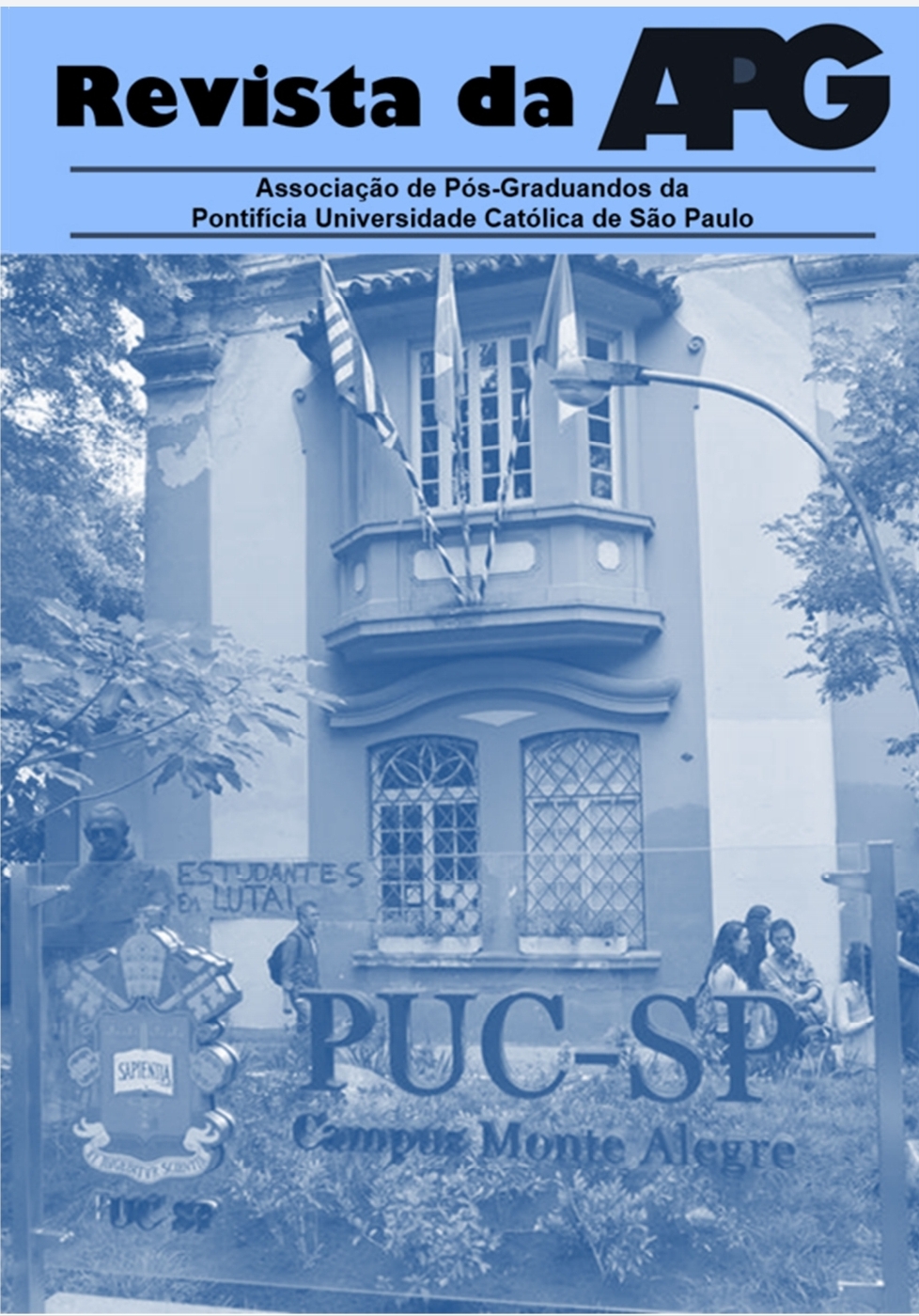Application of the Abstract Standard in the Concrete Case
Analysis of Article 5 of LINDB
DOI:
https://doi.org/10.23925/2764-8389.2022v1i1p241-256Keywords:
law gaps, filling, interpretation, legal hermeneutics, law enforcementAbstract
This article proposes to analyze the application of art. 5 of the Law of Introduction to the Norms of Brazilian Law with emphasis on the institutes of Private Law. The general objective is to identify the validity and application of legal provisions. The specific objectives are: to verify the reception of legal provisions by the current constitutional text; ways of integrating norms and solving gaps in rights, through exercises of interpretation and legal hermeneutics; analysis of the means of application of the norms in the face of concrete cases, through the observance and application of the social purposes of the norm and the common good. The methodology applied is the deductive method, with a bibliographic technique of a qualitative nature. It is possible to say that once the gap is identified, its filling must take into account not only the objective elements, but also the subjective elements of the analysis norm and its insertion in the national legal system.
References
ASCENSÃO, Jose de Oliveira. O Direito: introdução e teoria geral. 1. ed. Lisboa : Fundação Calouste Gulbenkian, 1977.
BETTI, Emilio. Interpretazione dela legge e delgi atti giuridici. Milano, Giuffré, 1949.
BEVILÁCQUA, Clovis. Código Civil dos Estados Unidos do Brasil comentado. Rio de Janeiro : Francisco Alves, 1956, v. 1 e 2.
BEVILÁCQUA, Clovis. Trabalhos da Comissão Especial do Senado. V. 3.
CUNHA FILHO, Alexandre Jorge Carneiro da; ISSA, Rafael Hamze; SCHWIND, Rafael Wallbach (Coords.). Lei de Introdução às Normas do Direito Brasileiro – Anotada: Decreto-Lei n. 4.567, de 4 de Setembro de 1942. São Paulo : Quartier Latin, 2019.
DEGNI. L’interpretazione della legge. Napoli, Jovene, 1909.
DINIZ, Maria Helena. Lei de introdução às normas do direito brasileiro interpretada. 19. ed. – São Paulo : Saraiva, 2017
DINIZ, Maria Helena. As lacunas do direito. São Paulo : Revista dos Tribunais, 1980
DWORKIN, Ronald Dworkin. O Império do Direito. 1ª edição, São Paulo: Martins Fontes, 1999.
FERRAZ JR, Tércio Sampaio. Introdução ao estudo do direito. São Paulo, Atlas. 1988.
IHERING, Rudolf Von. A luta pelo direito. Tradução de João Vasconcelos. São Paulo: Forense, 2006.
KELSEN, Hans. Teoria Pura do Direito. 8ª ed. – São Paulo : Martins Fontes, 2018.
LARENZ, Karl. Metodologia da ciência do direito. 2. ed. Lisboa : Fundação Calouste Gulbenkian, 1969
LIMONGI FRANÇA, coordenardor. Enciclopédia Saraiva do Direito. 1. ed. Saraiva, 1978.
MACEDO, Silvio. Fim social, in Enciclopédia saraiva de direito. 1. ed. Saraiva, 1978, v. 37.
MARQUES, Alberto. Roteiro de Hermenêutica: técnica para interpretar o direito e construir argumentações jurídicas convincentes. 1. ed. Curitiba, 2004.
MAXlMlLlANO, Carlos. Hermenêutica e Aplicação do Direito. 18. ed. Rio de Janeiro : Forense, 2000,
REALE, Miguel. Lições preliminares de direito. São Paulo, Saraiva, 2012.
STRECK, Lenio Luiz. Hermenêutica Jurídica e(m) crime: uma exploração hermenêutica da construção do Direito. 3. ed. rev. Porto Alegre; Livraria do Advogado, 2001.
TELLES JR., Goffredo. Iniciação na ciência do direito. 1972, fascs. 2, 3, 4 e 5. Postilas.
WARAT, Luiz Alberto. A definição jurídica – Suas técnicas, texto programado. Porto Alegre, Atrium, 1977.
Downloads
Published
Versions
- 2023-03-03 (3)
- 2022-08-25 (2)
How to Cite
License
Copyright (c) 2022 Revista da APG

This work is licensed under a Creative Commons Attribution-NonCommercial-NoDerivatives 4.0 International License.



